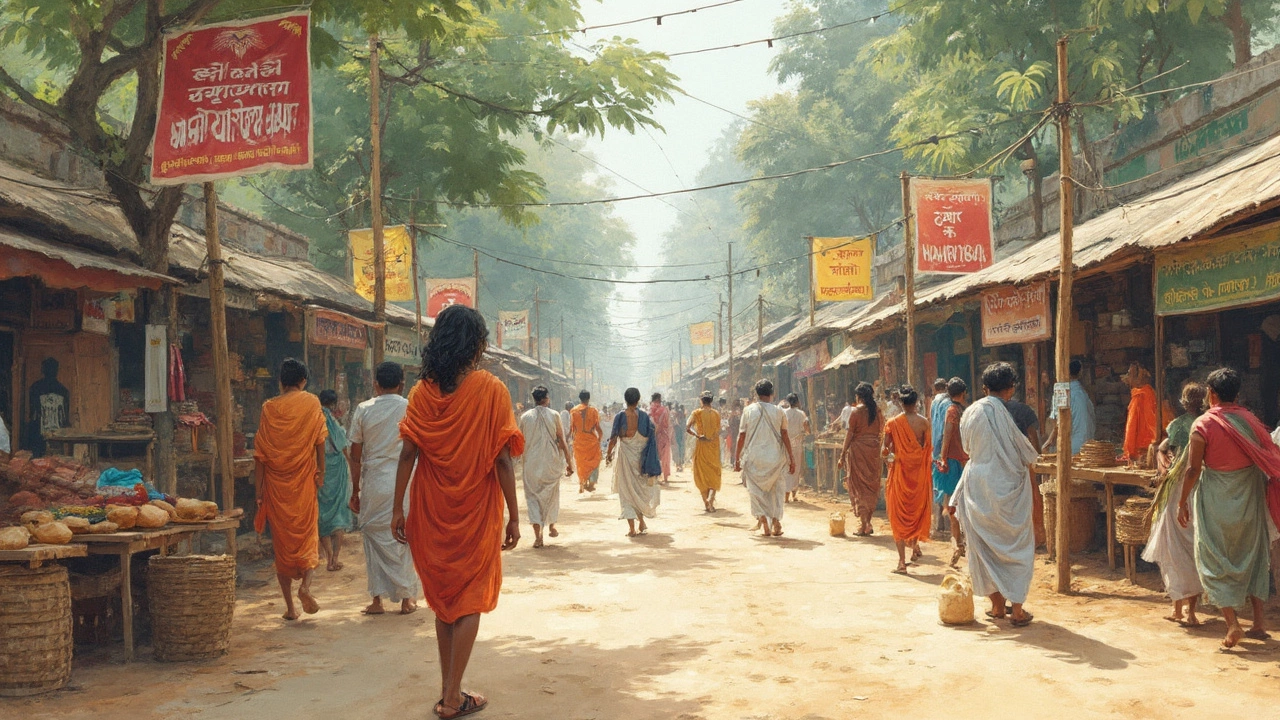Nabanna: Bengal’s Fresh Rice Harvest Celebration
Ever wonder how Bengal marks the arrival of the new rice crop? That’s Nabanna – a lively, home‑grown festival that turns villages and cities into parties of food, song, and gratitude. It’s not a holiday you see on a national calendar, but in the hearts of Bengali families it feels just as important as Diwali or Durga Puja.
At its core, Nabanna is simple: people gather to taste the first harvest of rice, share dishes made from that rice, and thank the earth for the bounty. The name itself means “new rice” in Bengali, and the celebration usually lands in late autumn, right after the monsoon‑fed paddies are ready for cutting.
How Nabanna Is Celebrated Across Bengal
In rural areas, the whole village helps with the harvest. After cutting the stalks, folks bring the fresh paddy to a community space. Here, elders bless the grain, and everyone gets a chance to eat rice cooked in the traditional way – often with a dash of coconut milk, a pinch of mustard seeds, and a dash of curd.
Urban Bengalis have adapted the ritual. Neighborhood clubs organize pot‑luck style gatherings where families bring their own Nabanna dishes. You’ll find everything from plain steamed rice to special sweets like “pitha” – rice‑flour cakes stuffed with jaggery or coconut. The vibe is relaxed, with folk songs playing in the background and children running around with bright marigold garlands.
Must‑Try Foods and Simple Ways to Join In
If you’re curious about the food, start with mishti doi – sweetened yogurt that pairs perfectly with hot rice. Another favorite is “bhapa pitha”, steamed rice cakes that melt in your mouth. Even a basic bowl of rice with a dash of ghee feels special during Nabanna because it’s the first taste of the new crop.
Want to experience the festival without traveling to Bengal? Try cooking a simple Nabanna dish at home. Rinse a handful of fresh rice, steam it, then top it with a spoonful of homemade mustard sauce and a sprinkle of chopped cilantro. Invite friends over, share a story about the harvest, and you’ve recreated the spirit of the celebration.
Beyond food, Nabanna is about community. If you live in a place with a sizable Bengali population, look for cultural groups that host “Nabanna nights”. These events often feature folk dances like “Baul” and storytelling sessions about rural life. Attending one gives you a real taste of the tradition without needing to be in West Bengal.
In short, Nabanna is a reminder to pause, enjoy fresh food, and thank the land. Whether you’re dining on a simple bowl of rice in a Kolkata courtyard or sharing pitha with friends in a city hall, the festival’s heart stays the same – celebrating new beginnings with the people around you.
So, next time you see a calendar marked with “Nabanna”, remember it’s not just a date. It’s an invitation to sit down, eat together, and feel the joy of fresh harvest. Grab some rice, gather your loved ones, and make your own little Nabanna at home.
